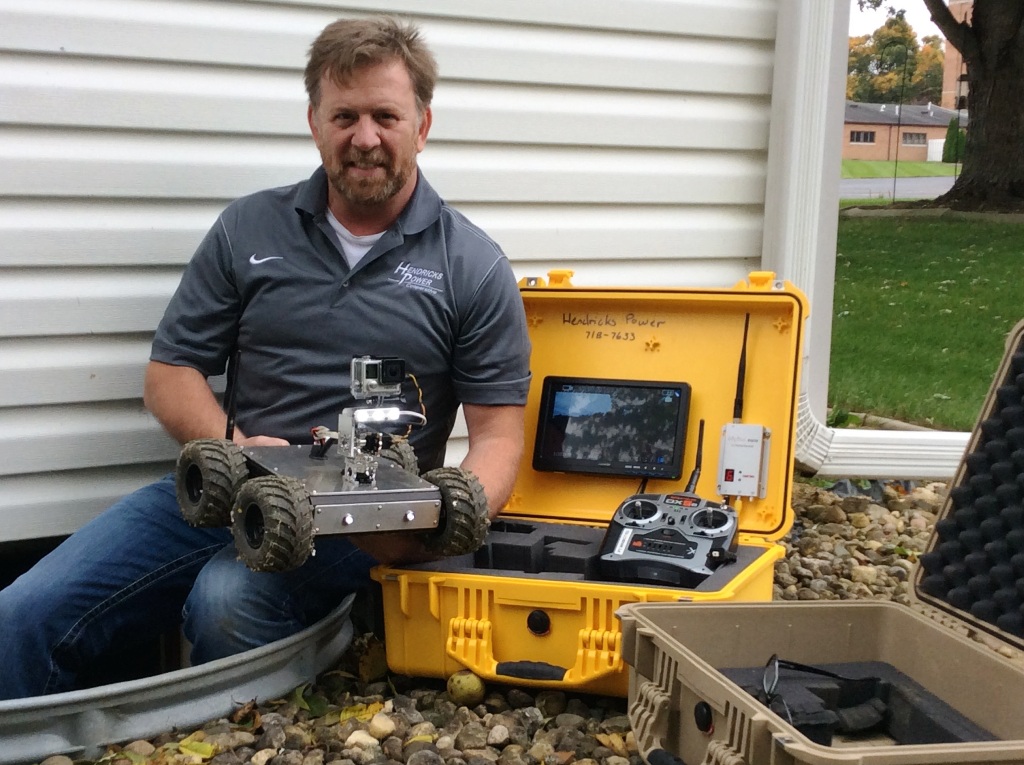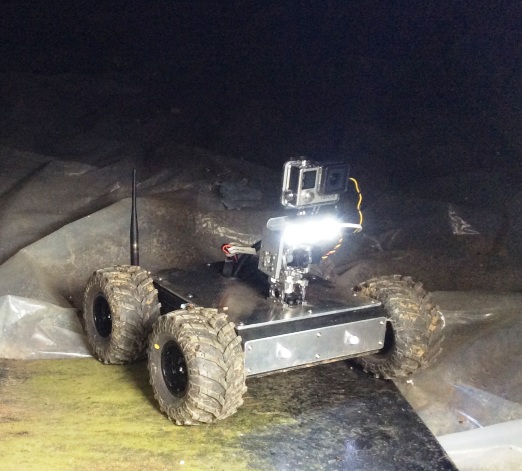
Spiders, rodents, snakes, standing water—it’s easy to encounter any or all of them when doing a home energy audit.
But what if a drone could eliminate the need to go belly crawling through the filth?
A co-op energy adviser wondered about that—and came up with a custom-made device that takes the dirty part out of the job.
“It saves our knees and backs and keeps us out of the muck, and away from bugs and critters,” said Steve Hite, an energy adviser with Hendricks Power in Avon, Indiana. “We’re able to send it through the door of the crawl space and maneuver it easily from the kitchen table of a member’s home.”
Hite developed the drone, dubbed “Robbie,” and found the vendor/customizer to build it. It carries a digital camera and is capable of transmitting real-time video and still images to a laptop screen.
“Sometimes I let members drive it around,” said Hite. “I can even send them a video of their crawl space inspections so they can consider making the energy-efficiency improvements we suggest.”
Hendricks Power gets many of its requests for energy audits between autumn and spring as members look for ways to control their heating costs.
Hite pitched the idea of acquiring a land drone in 2015, and the custom-made robot arrived from Colorado last winter. Since then, it’s been used in dozens of audits.
Hendricks has also accompanied energy advisers from three other Indiana co-ops on audits and given them a shot at the controls.
“Operating it is a lot like running a remote control model car,” said Jeremy Montgomery, an energy adviser with Parke County Rural Electric Membership Corp., headquartered in Rockville.
The drone also gives co-op members a more complete view of potential improvements than an energy adviser might offer following a visual inspection, said Montgomery.
“It does not get distracted watching out for hazards. You don’t miss areas due to standing water and the camera can capture images that might otherwise be missed because of lighting or other obstructions.”
Derrill E. Holly is a staff writer at NRECA.
